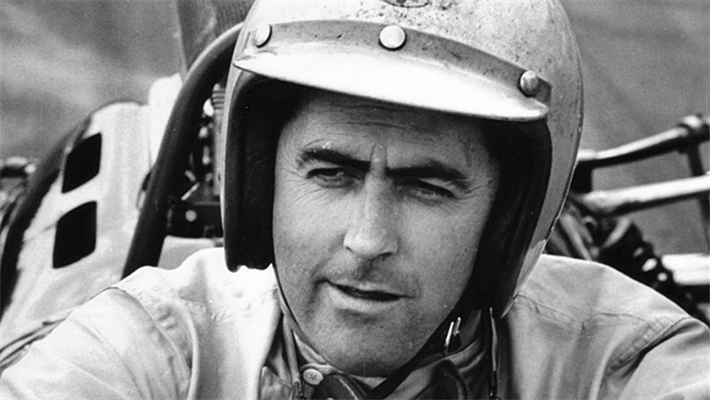Jack Brabham Biography
Jack Brabham was a second generation Aussie who’s grandfather came from the Cockney area of East London. His father who owned a grocery store just outside of Sydney was a keen motorist who taught Brabham how to drive a car at the age of 12. At 15 Brabham left school and got a job in a local garage while spending his evenings studying engineering at Kogarah Tech. At 18 he joined the Royal Australian Air Force in Adelaide, where he wanted to learn to fly but was instead trained as a flight mechanic.
In 1946 after two years duty in the Air Force Brabham opened a small repair business in Sydney with the help of an uncle. He soon made the acquaintance of an ex-patriot American by the name of Johnny Schonberg who raced midget cars. Brabham prepared a new car for the American but after his wife induced him to quit racing it was left to Brabham to try his hand. After some sketchy instructions he made his debut at Paramatta Park Speedway. In his first season he won the New South Wales Championship. During this time he would form a relationship with Ron Tauranac that would continue later into Formula One and Europe.
No Subscription? You’re missing out
Get immediate ad-free access to all our premium content.
Get Started



